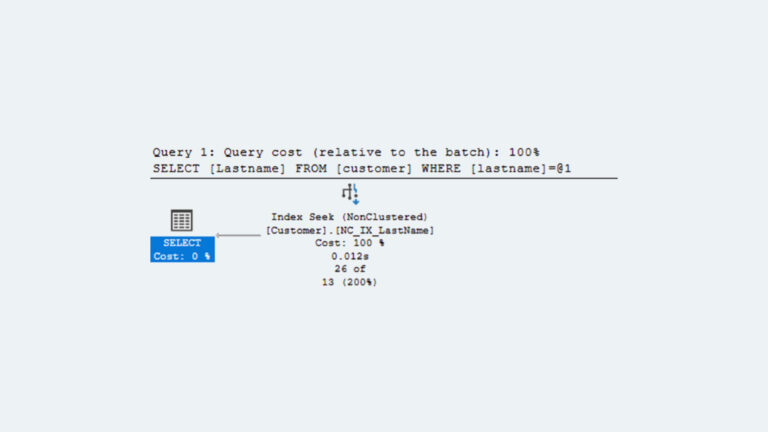Nathan Biggs (@nathanbiggs), CEO
The trend in the storage industry towards all flash arrays is a welcomed development. The cost of flash storage has finally gotten to the point where it creates a compelling cost to benefit reason to displace spinning disks, especially for tier-1 business critical applications and databases. Storage vendors from EMC and Pure, to Oracle are delivering very compelling all-flash technology. This blog post will not delve into the pluses or minuses of those particular products, but will instead focus on the potential impact of all-flash storage on Oracle software licenses.
Since House of Brick is the industry leader in virtualization and cloud computing for business critical systems, we are often asked an intriguing question, “I have heard that all flash storage will reduce my Oracle license footprint. Is this true?” The answer that I give is “It’s complicated.” Here are some things to consider when trying to decide if an all flash strategy will help reduce the breadth of what you have to license for Oracle.
Oracle License Metric
There are different licensing metrics for Oracle licenses that you could use, which include processor, and named user metrics. For the purpose of this discussion, I am going to focus on the processor metric.
With the processor-based licensing metric, the number of licenses you need to acquire from Oracle is based on…you guessed it…the number of cores you will be running that workload on. The total number of cores is then multiplied by the Core Processor Factor to determine the number of processors that you are required to license. In our experience, many companies get fairly heavy-duty servers, license all of the cores in that server, and then run their Oracle workloads at a very low CPU utilization rate. They do this to account for peak processing when that CPU may need to spike in order to accommodate periodic events such as month-end batch processing.
The result of this strategy is that many servers licensed for Oracle technology are dramatically underutilized.
What Oracle Licensing is Not Based On
For the processor metric, Oracle licenses are not impacted by anything other than the number of processor cores on the server. That means it does not matter which storage you attach to (unless that storage array is performing actual database queries on the storage processors such as is the case with the Oracle Exadata). It also does not matter how much memory you have, or how fast the network is.
Most Traditional Performance Problems Are I/O Related
It has been our experience at House of Brick that traditionally (and especially with storage arrays with spinning disks), Oracle performance problems can be traced to the amount of I/O between the application on the server and the storage array. These bottlenecks can be caused by several things, some of which may include software/hardware configuration, poor software coding, hostile database queries, or the actual throughput of the storage and network to the application on the server.
All flash arrays can, and do, eliminate I/O performance problems in most workloads, especially if the bottleneck is related to the storage to network to server architecture. However, if your application is poorly coded and generating inordinate amounts of queries, or requesting data that is not truly needed, then that is another problem.
Virtualization Technology Improves CPU Utilization
By virtualizing with VMware, which is House of Brick’s recommended virtualization platform for business critical workloads, you can improve CPU utilization on servers that are licensed for Oracle.
With an all-flash array, your system will look different. The I/O bottlenecks will be gone because the best, properly configured flash arrays will provide data faster than the application ever experienced before. This will cause CPU utilization to go up because the application is not waiting for data.
Back to the Question
Will all-flash arrays reduce my Oracle license footprint? Let’s explore under what conditions the addition of a flash strategy could actually reduce the license footprint.
First, let’s consider a non-virtualized architecture. I have heard many people comment on the increased CPU utilization dynamic saying “See…CPU utilization is going up, therefore my investment in processor-based Oracle licenses is being utilized better.” However, the assertion that licensing will go down is not necessarily true. In fact, it may actually have the opposite effect. When the CPU utilization goes up, it may cause system architects to feel like they need more compute power, which will increase the footprint of the Oracle licenses that are required.
Secondly, let’s consider a VMware virtualized system running Oracle. We would have already done our sizing for the virtual environment based on historical CPU utilization data. Then we would have dramatically improved the CPU utilization of a particular server by allowing several Oracle-based virtual machines to run on that server at the same time (I know it is not exactly at the same time, but you know what I mean). We would have already reduced the Oracle license footprint by putting multiple Oracle-based VMs on the server that has already been licensed, thus allowing us to consolidate onto fewer licensed servers. So in this case, adding an all-flash array would probably increase the license footprint over the already reduced amount. This is because the CPU utilization of each virtual machine will go up, so fewer virtual machines will fit on that server. The result is that we would have to get more hardware to accommodate the faster performing VMs and would then need to buy more Oracle licenses to accommodate the added hardware.
So, here is the condition that I can see where an all-flash strategy would actually reduce your Oracle license footprint. If you are currently running your Oracle workloads in a non-virtualized environment, especially with a storage array using spinning disks, then you are in luck. We will work with your favorite flash storage and server vendors to create an architecture that includes:
- All flash storage arrays to eliminate I/O bottlenecks, and will insist on a solid storage replication strategy
- X86-based servers that have the right number of processor cores (not too many, not too few) for your Oracle workloads
- VMware virtualization to maximize the utilization of those servers (while providing the benefits of high availability, disaster recovery, and other VMware advantages that cost far less than if you were to use Oracle technology)
- Clustered server architecture to allow for scaling and burst capacity as needed for periodic events
This last scenario offers the ultimate in Oracle performance and scalability, while holding your license footprint to a manageable level. I warned you that the answer was complicated, but I hope this discussion has given you a clearer picture of how all-flash technology might impact your license footprint.






